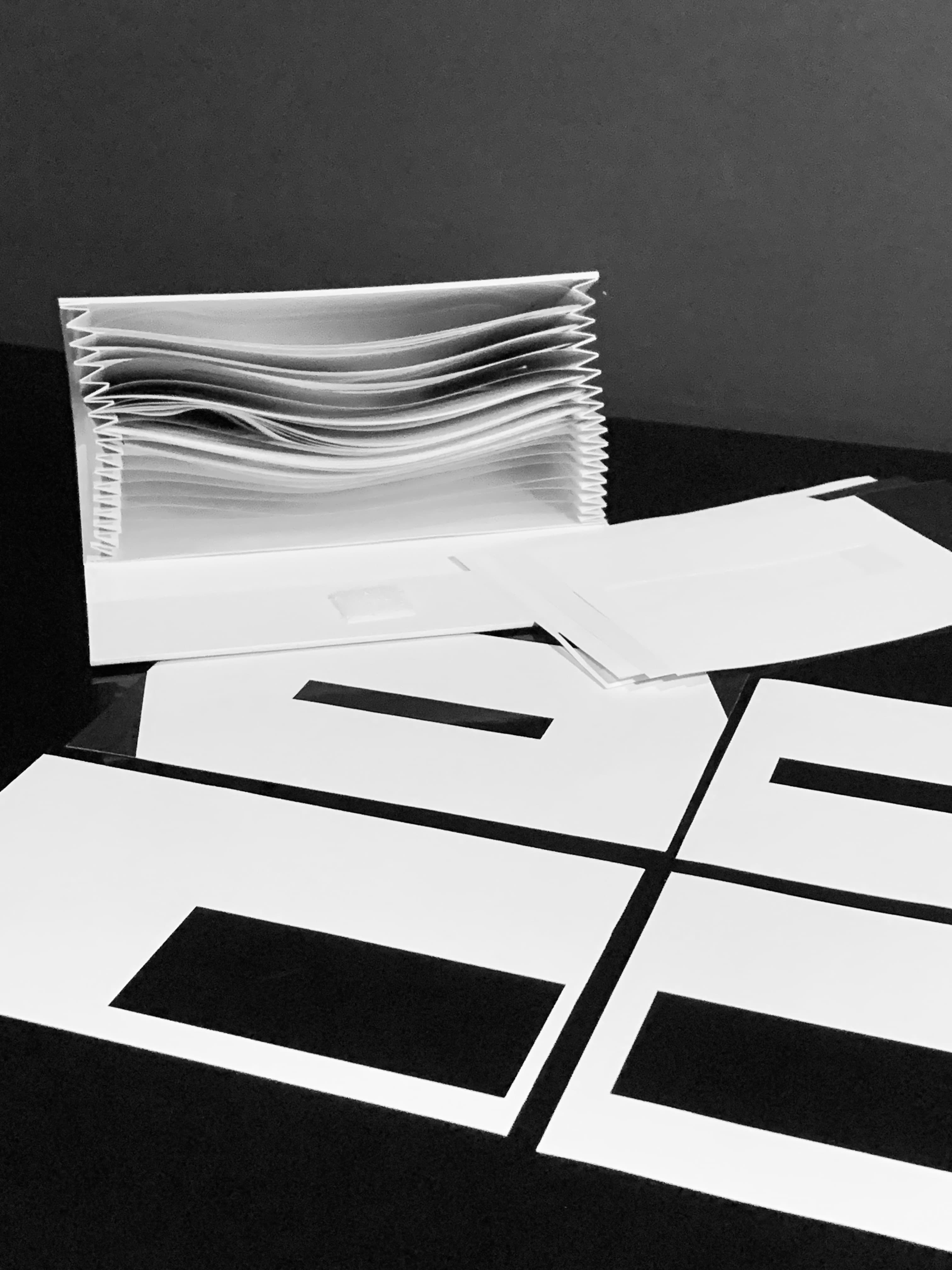Ready Made
Geraldine Goie
In light of the widespread availability of DIY design software and template culture, Ready Made investigates the changing landscape of graphic design. Platforms like Canva provide easy-to-use interfaces and a heap of pre-made templates, raising questions about the traditional role of graphic designers. Geraldine aims to investigate the impact of template culture on the graphic design industry, exploring how pre-existing design elements in Canva are used in unconventional ways. These varying forms of experimentations are represented through different forms of presentation that make up her body of work.
What other softwares did you look into?
Creta and Scribbles, I think. There's just so many. But now we are so accustomed to just using templates, or using Adobe. If you think about it, when you're a ‘professional’ graphic designer, you're using Apple, you're normally using windows. We are actually working within the boxes; we are just limiting ourselves to these tools. But we are more than that. We are creatives, you know?
What about you? Have you tried using these open source tools?
I was actually thinking of using it for my FYP, but there are too many out
there. I mean, it would be good if I was able to explore that, but I was just gonna work with
whatever Canva has. My project involves deconstructing the templates in Canva,  and then I
guess reconstructing them to basically use these templates for things that they are not originally
intended for. It's to make a statement out of it. I hope to inspire designers to break out of these
boxes; rethink their tools.
and then I
guess reconstructing them to basically use these templates for things that they are not originally
intended for. It's to make a statement out of it. I hope to inspire designers to break out of these
boxes; rethink their tools.
At first, I thought that this project was mainly targeted towards the general public and to get those who are inexperienced in design to appreciate the value of designers in our industry. But I guess now that I know more about your project, I think it's interesting that it's actually targeted towards designers themselves.
Yes, that is my end goal — that society will change their view towards us. But I do realise that it's a big change. I think the only thing we can do now is that we start from ourselves as designers; how we approach our work and how we use the tools. That is what I'm trying to encourage graphic designers to do. So if all the individual graphic designers start to make a change with how they approach their work, maybe I'm using this method and you're using this method. Everyone is exploring different ways. Then it opens the industry to a lot more possibilities.
Also with these open source softwares, you most probably need specific skills like coding. Only when we are able to acquire these additional skills can we set that boundary between professional graphic designers and non-professional graphic designers. Then, non-professional or everyday designers are able to appreciate the skills that we have. There are so many YouTube videos on how to use Adobe. Even Adobe is simplifying so many things. They have Adobe Express which is like Canva. So how are we designers going to set ourselves apart from these everyday designers?
What are these white and black sheets?
Oh, I basically printed out all the print product templates and kind of stacked them on top of one another while aligning them at the corner. Then, imagine you paint black paint over it and remove the templates. This is essentially the overlapping part of how you stack them. It creates a very interesting outline of the different sizes and different dimensions.
See Copycat! (real), Creativity as a Commodity, and Souvenir City